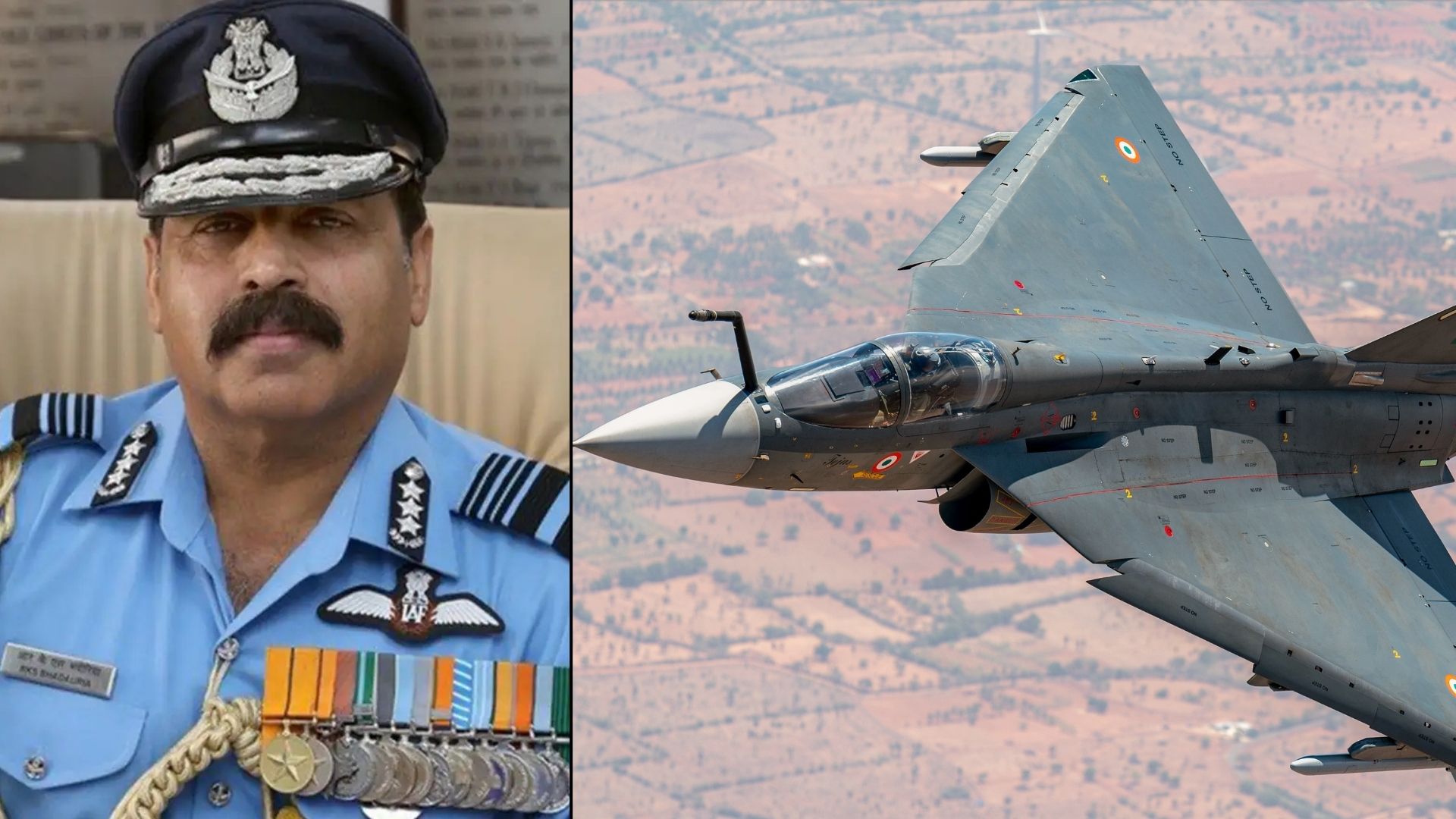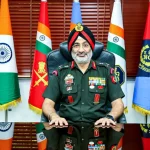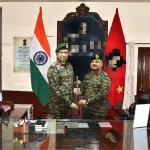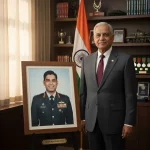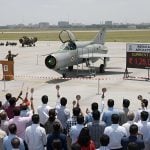Former Indian Air Force (IAF) Chief, Air Chief Marshal R.K.S. Bhadauria (Retd.), has voiced his personal opinion that the IAF should have prioritized the procurement of Tejas MkII fighter jets over the recently approved order of 97 Tejas Mk1A aircraft. Speaking in an interview with BharatShakti Editor-in-Chief Nitin A. Gokhale, Bhadauria highlighted the superior performance, advanced avionics, and future readiness of the MkII compared to the Mk1A, arguing that it aligns better with India’s long-term air power needs.
Despite his views, the Ministry of Defence (MoD) has already cleared the ₹62,000 crore ($7.3 billion) deal for 97 additional Tejas Mk1A jets on August 19, 2025. The contract is expected to be finalized by March 2026.
Why MkII Over Mk1A?
Developed by Hindustan Aeronautics Limited (HAL) and DRDO, the Tejas MkII is a 4.5-generation multirole fighter featuring a more powerful GE F414-INS6 engine (98 kN thrust vs 84 kN in Mk1A), a larger airframe, and an increased payload capacity of 6,500 kg (compared to Mk1A’s 3,500 kg). This translates into greater range (2,500 km vs 1,850 km), deeper strike capability, and enhanced endurance.
Bhadauria also underscored the MkII’s indigenous Uttam AESA radar with 980 TRMs and the Swayam Raksha Kavach Electronic Warfare suite, offering better survivability compared to Mk1A’s Israeli-supplied systems. With integration of advanced missiles like Astra Mk2 and Mk3, higher maneuverability, and fifth-generation features like sensor fusion, the MkII is seen as a “future-proof” platform capable of countering China’s J-20 and Pakistan’s JF-17 Block III.
MoD’s Rationale: Faster Delivery with Mk1A
While the MkII’s capabilities are superior, the government’s decision to place a large Mk1A order is based on urgent operational requirements. HAL already has an established production line, delivering the first Mk1A jets in early 2025, with capacity expected to rise to 24–36 aircraft per year by 2026.
In contrast, the Tejas MkII prototype is scheduled to fly by March 2025, with serial production unlikely before 2028–29 after extensive testing. By the time MkII enters service, the IAF would have bolstered its squadrons with 10 full squadrons of Mk1A (180 jets in total, including the 2021 order of 83 aircraft).
Balancing Present & Future Needs
Bhadauria’s suggestion reflects the IAF’s long-term vision of developing a robust indigenous fighter ecosystem, with MkII acting as a bridge to the Advanced Medium Combat Aircraft (AMCA), India’s upcoming 5th-generation stealth fighter. However, the MoD’s move ensures immediate reinforcement of squadron strength, which currently stands at just 31 against the sanctioned 42.5.
The contrasting perspectives highlight the classic defence dilemma — meeting immediate operational needs while investing in future capabilities.

